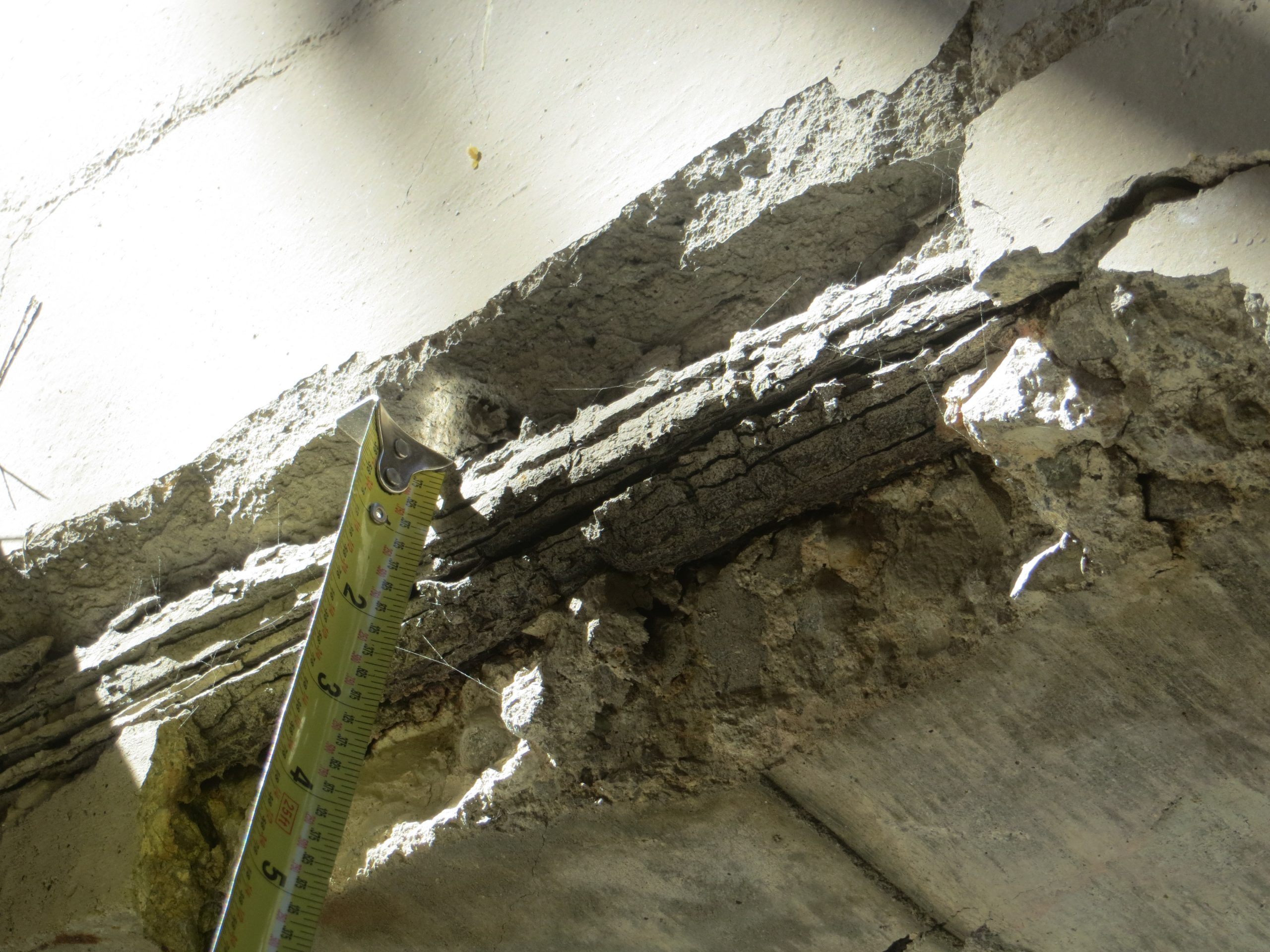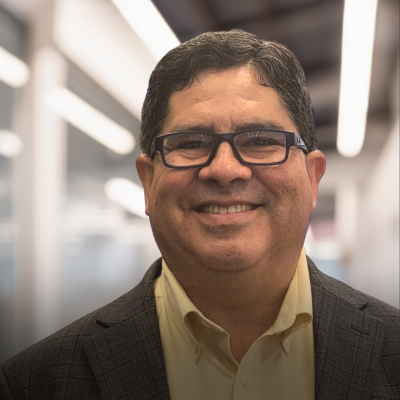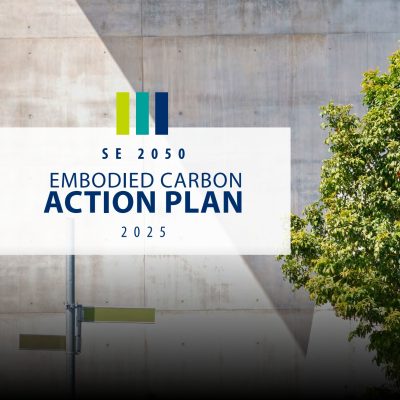


Water is required to sustain all living things and is integral to the very elements of building construction. Water provides one of, if not the most destructive impact on a building’s integrity. Although most buildings start out as waterproofed, sealed and properly flashed; time, fluctuating temperatures and most of all water and humidity, can permeate and disintegrate building components creating costly repairs and decreasing the building’s safety and lifespan. Damage to a building may not always be obvious. Often these conditions exist below the surface or may appear at first glance to be cosmetic in nature.
Jeremy Callister, SE, an Associate Principal in Degenkolb’s San Diego office is spearheading our Forensic Engineering efforts in Southern California. As an investigator of these types of problems, Jeremy has some stories to tell regarding potential hidden problems lurking beneath the surface of concrete and steel buildings:
Hidden corrosion in concrete structures
“Superficial surface cracks in concrete allow moisture to penetrate and can subsequently begin to corrode the reinforcing steel. The more the rebar corrodes, the more the concrete cracks, allowing for more moisture penetration and corrosion. This cycle of deterioration can lead to weakening of the structure. With our recently acquired corrosion meter, we can map out the corrosion potential. A high reading indicates corrosion that may not be visible to the eye. The corrosion meter creates a ‘heat map’ of the corrosion ‘hot spots’ allowing for mitigation or repair of these areas before it becomes a dangerous and expensive problem.”
Corrosion is not limited to reinforcing steel. It can also occur within the actual structural steel components of a building as well.
Sub-surface corrosion in steel tube columns
“The hollow steel tube columns of an existing building we were evaluating were freshly painted and appeared to be just fine from the outside. To verify the soundness of the steel, we used non-destructive, ultrasonic testing to observe any variations in the steel thickness. The results indicated that the steel at the base of the tube columns was significantly thinner than the remainder of the columns, suggesting significant corrosion within the steel tubes at their bases. Using specialized inspection cameras, we visually confirmed the extent of the corrosion. Providing our own non-destructive testing eliminated the additional cost of a specialized consultant and helped quickly identify and resolve a potentially hazardous situation.”
Early identification of structural damage can save tens of thousands of dollars in repair and hundreds of thousands of dollars in the replacement of structural elements.
Please contact Jeremy Callister at jcallister@degenkolb2024.msidevelopment.com or 619.814.7013 if you have concerns regarding your existing building.



